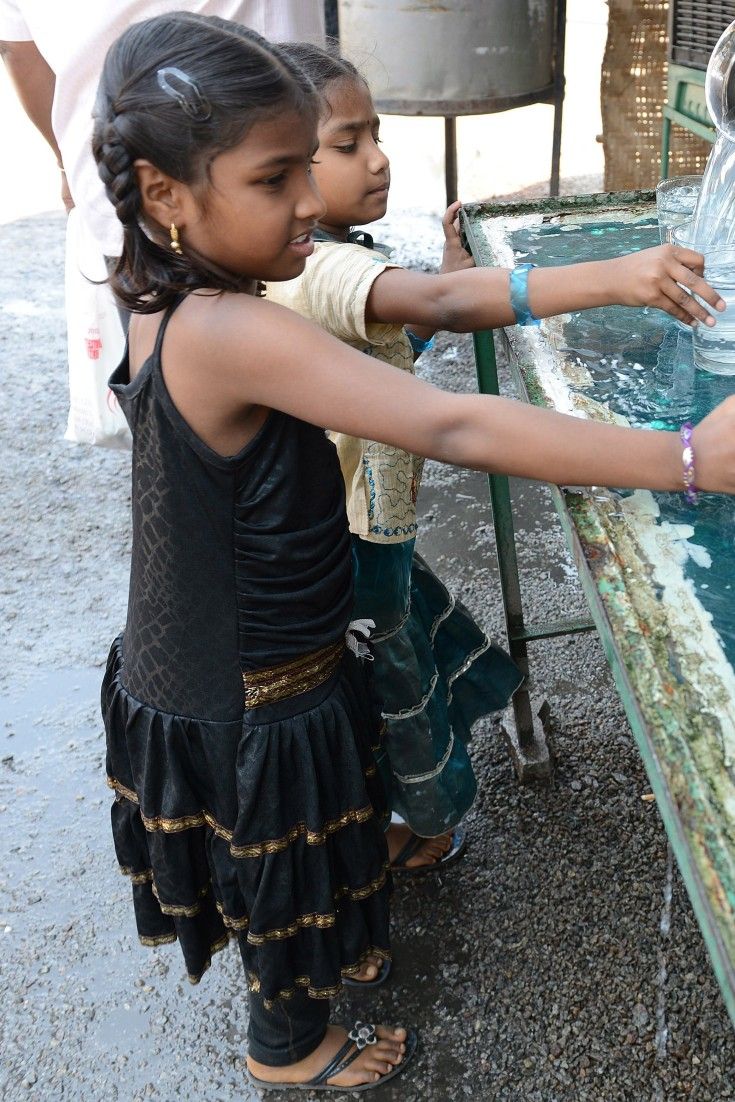Water And Sanitation Problems

Health risks are often exacerbated by poor sanitation and hygiene practices and many preventable health problems and diseases can be avoided with a little education and the right environment and products clean water soap water filters composting toilets grey water systems etc.
Water and sanitation problems. 51 percent of ugandans lack access to safe water and 81 percent do not have access to improved sanitation facilities. And people who lack wash are often living in the most challenging geography and climate. Understanding sanitation problems is an important step in eliminating them. The quality of water sanitation and hygiene in a person s life is directly correlated to poverty as it is usually joined by lack of education lack of opportunity and gender inequality.
This creates multiple issues such as polluting drinking water creating a breeding ground for insects that spread disease and exposing. Water and sanitation issues are highly variable from location to location from season to season and community to community. As a result they have traditionally relied on taxes tariffs and transfers to subsidise the sector. Using antibacterial wipes can help prevent the spread of germs.
Billions around the world lack access to safe water at home and more than half of the world s population lacks safely managed sanitation. For too long governments have seen water and sanitation as a drain on national budgets rather than as an investment opportunity. Water scarcity affects more than 40 percent of people an alarming figure that is projected to rise as temperatures do. More and more countries are experiencing water stress and increasing drought and desertification is already worsening these trends.
As a result water borne diseases like diarrhea cholera and dysentery all potentially fatal conditions are pervasive. Getting hold of clean water isn t good enough if the water is being made dirty because there are no toilets and toilets aren t good enough if there is no hygiene promotion to get whole communities to change the habits of generations and use the latrines. 780 million people do not have regular access to clean water. Today 50 of child malnutrition is associated with unsafe water inadequate sanitation and poor hygiene.
Uganda s water and sanitation crisis. Women and girls would have the facilities and knowledge to be able to manage their menstrual cycles in safety and dignity. Sanitation is an even bigger problem than lack of water with 2 5 billion people worldwide suffering from lack of a good enough toilet or latrine. High population growth stressed the water and sanitation services that exist.
The real problem in fact is finance. The discharge of untreated waste into water systems is one of the most common sanitation problems. What s the scope of the problem. Sanitation problems are particularly difficult for people with impaired immunity the elderly and the very young.
















































